Tag: Photo
-
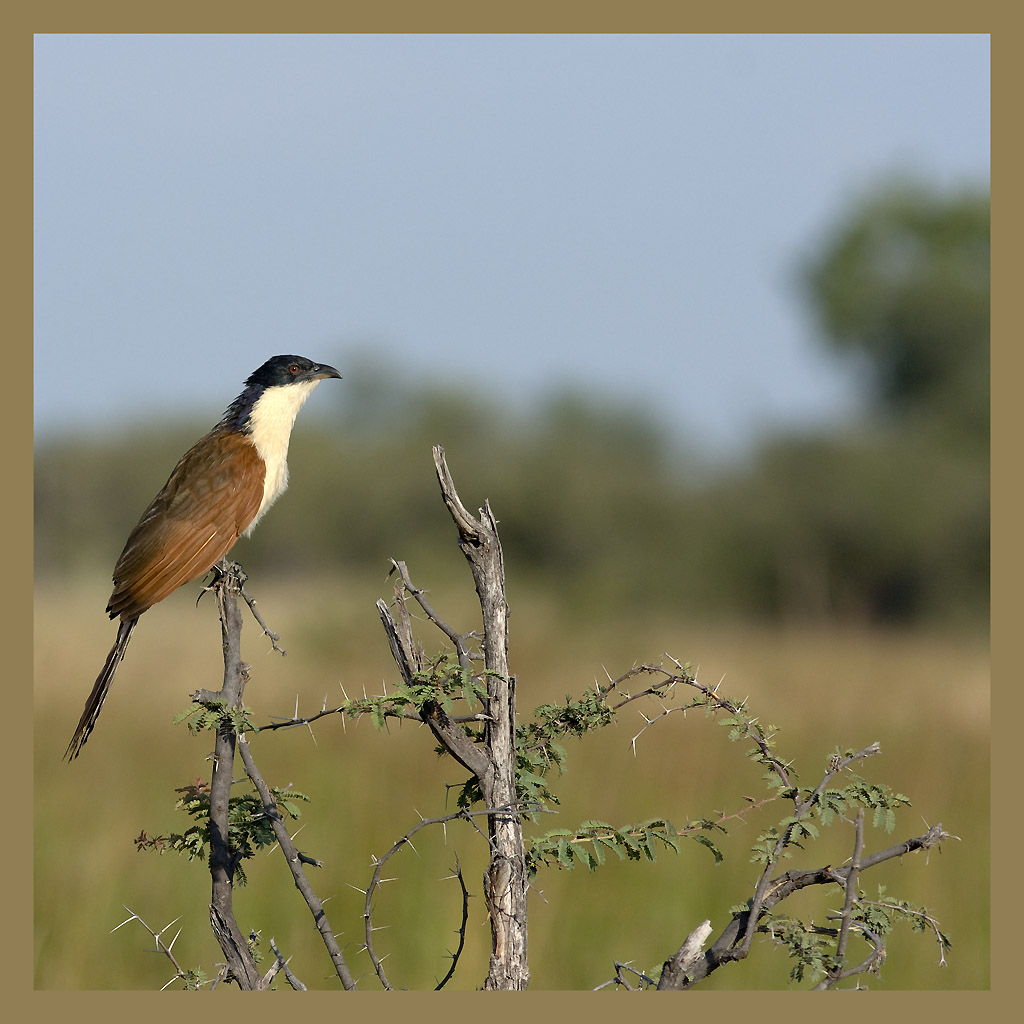
Coppery-tailed Coucal
Moremi National Park, Botswana, May 2010. Coppery-tailed Coucal (Centropus cupreicaudus), Coucal des papyrus.
-
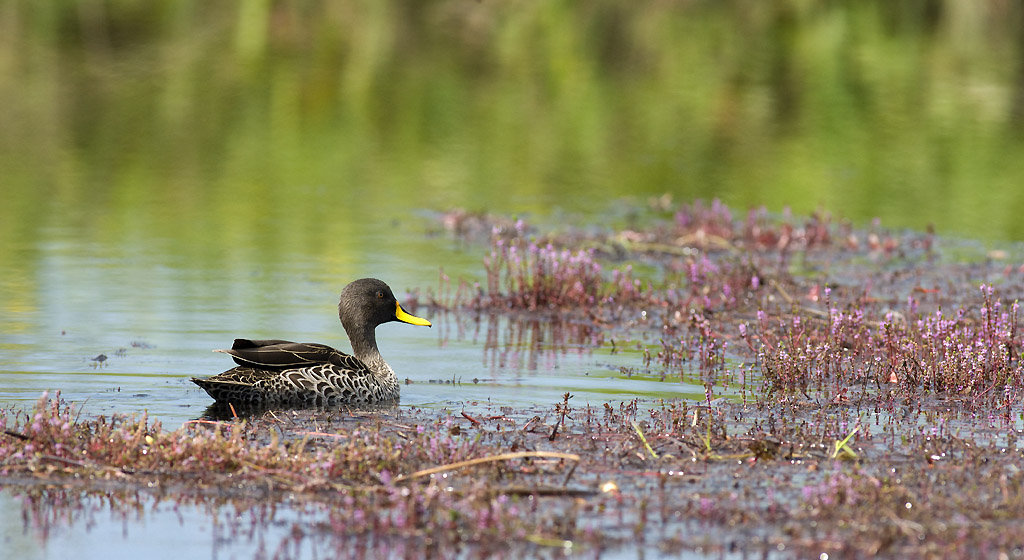
Yellow-billed duck
Yellow-billed duck (Anas undulata), Canard à bec jaune. Moremi National Park, Botswana. Mai 2010.
-
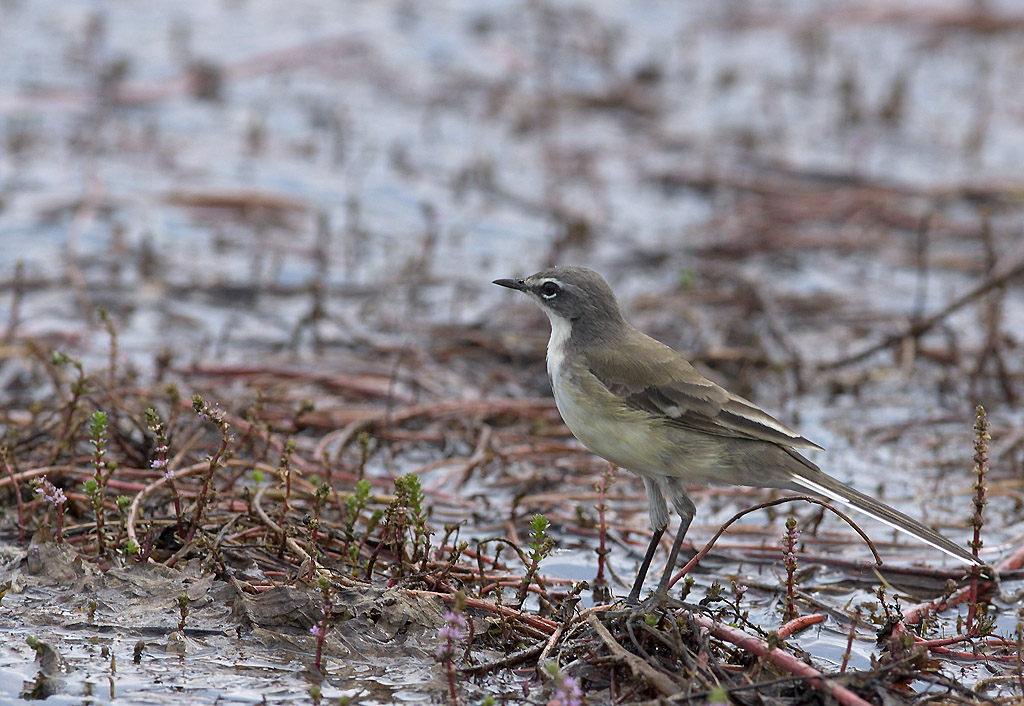
Cape wagtail
Cape wagtail (Motacilla capensis), Bergeronette du Cap. Moremi National Park (Botswana), May 2010.
-
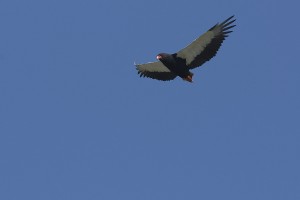
Bateleur eagle, in flight
The bateleur eagle is very easy to spot in flight, even for the amateur ornithologist. First, it does not have a tail (Look! The legs are actually longer than the tail). Since this appendage is usually needed for steering, the bateleur compensates with very flexible wing tips. This combination is nearly unique within raptors. Second,…
-
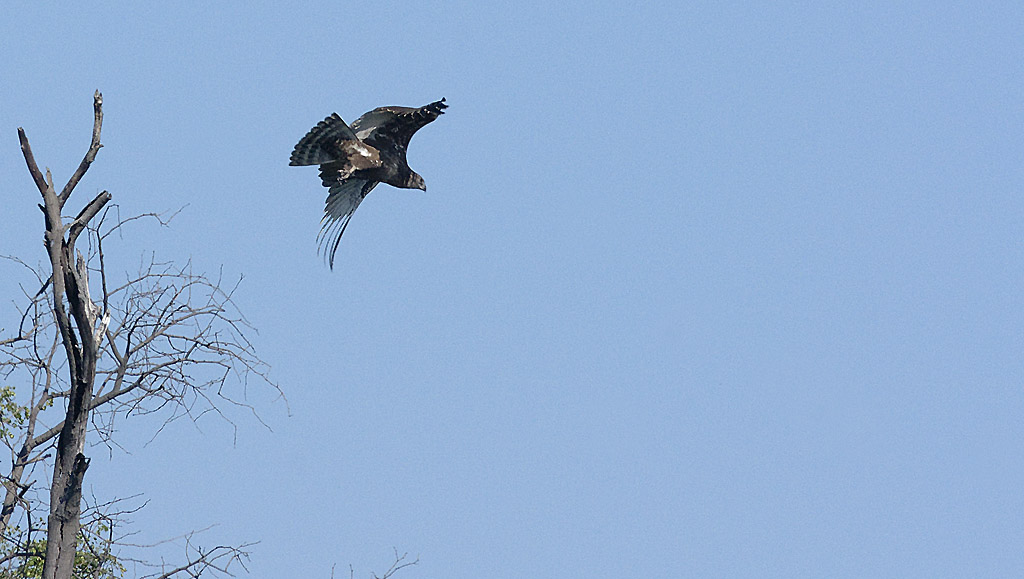
Eagle, take off
-
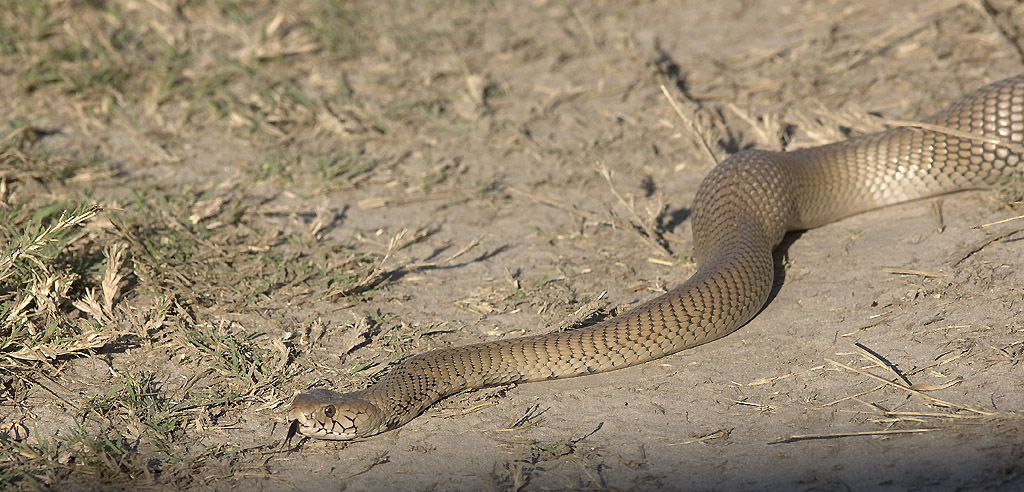
Wild encounter in Botswana
Don’t tell my parents, they’d think that I am in danger any time I go to a wildlife photo trip in Africa! Here is one of the encounters done one the rough tracks of the Moremi National Park (Botswana). Don’t be fooled; The protruding tongue is no trouble for you. On the contrary, remember the…
-
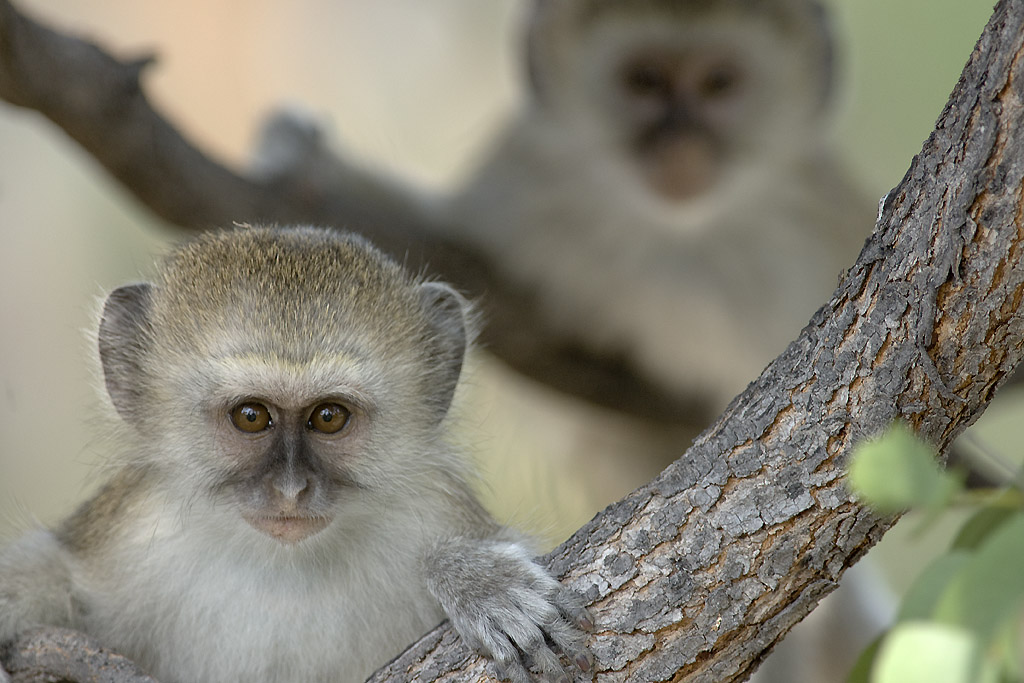
Vervet monkeys
Those little monkeys are present all around the Moremi National Park (Botswana). We met them even inside our encampment where they were not afraid to come and steal some food (and also kill a francolin hiding a nest in a bush between the tents). Their little shyness is an advantage for the photographer because, with…
-
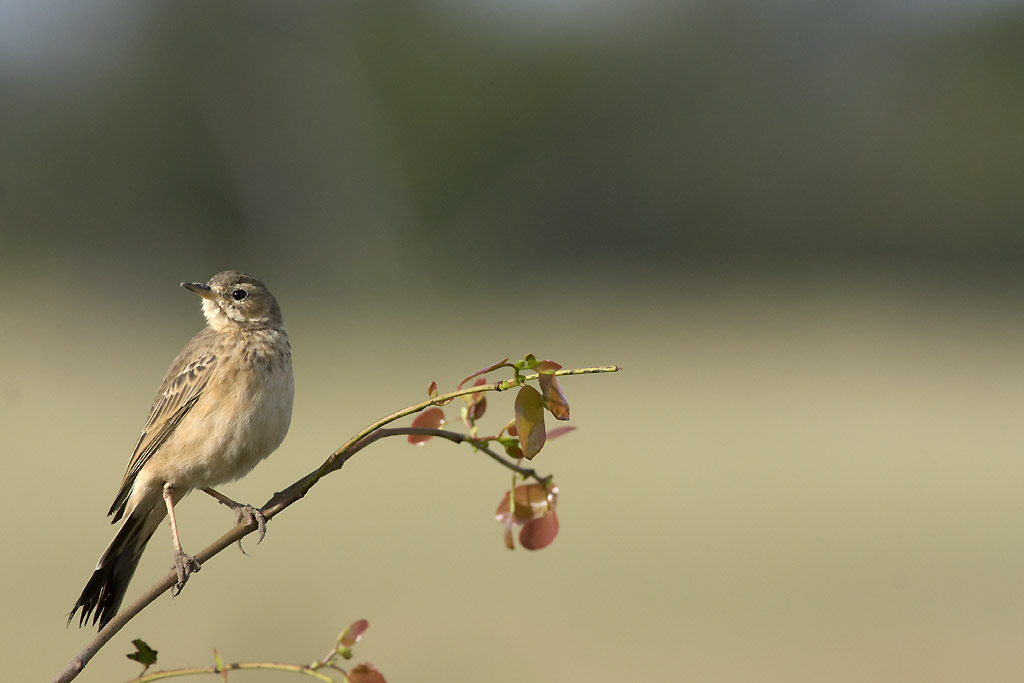
Flappet lark
This flappet lark is of the western form, according to “Birds of Southern Africa” by I.Sinclair, Ph.Hockey, W.Tarboton (recommended reading, by the way). Flappet lark (Mirafra rufocinnamomea), Alouette bourdonnante. Moremi National Park, Botswana. May 2010.
-
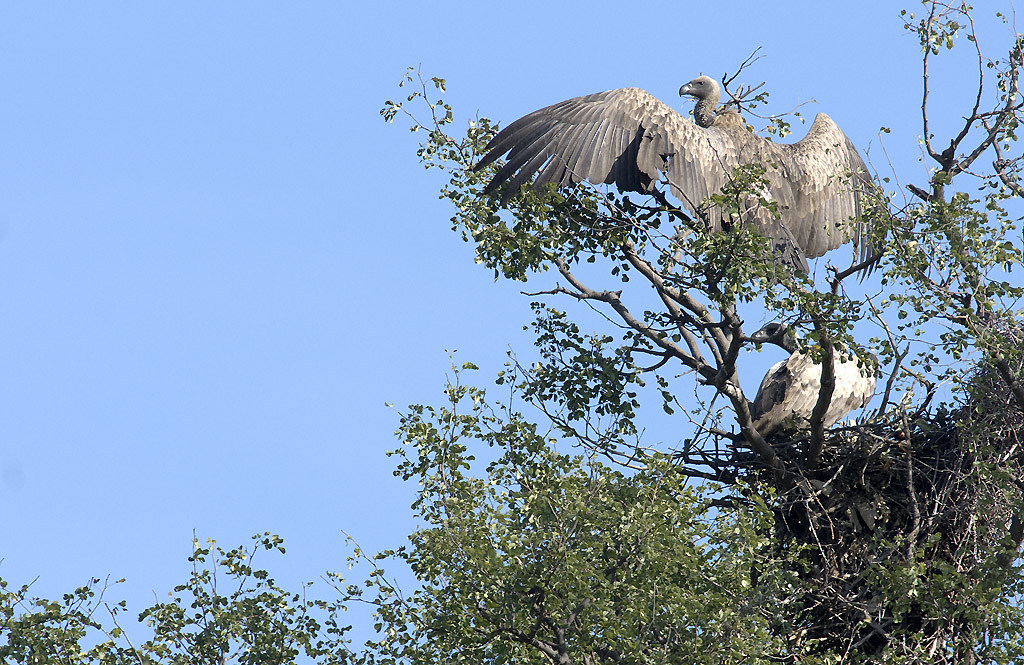
Africain White-backed Vulture (Botswana)